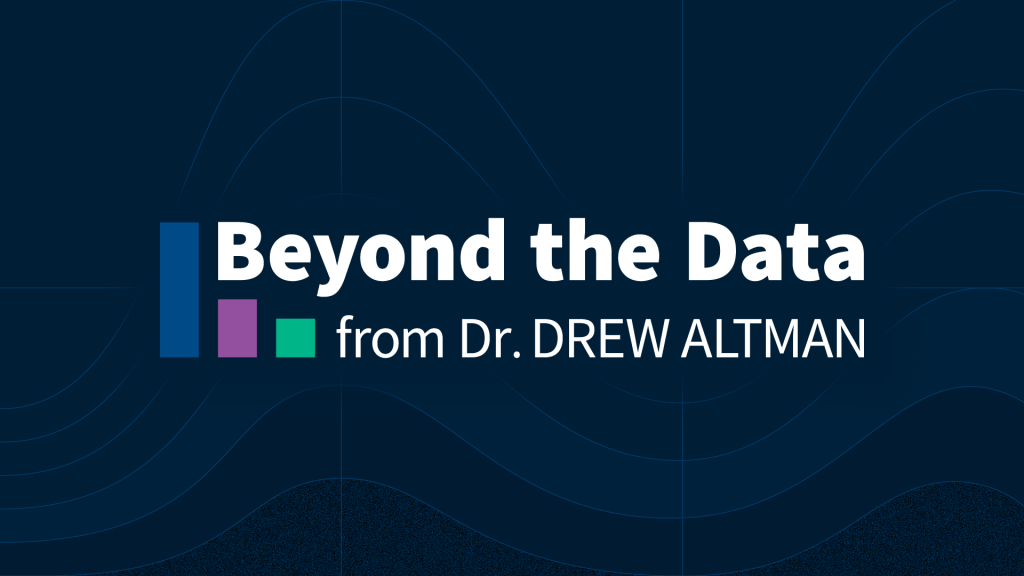Health Insurance Premiums Under the ACA vs. AHCA: County-Level Data
The Kaiser Family Foundation’s interactive map now allows users to compare what consumers in each county would pay in health insurance premiums after tax credits in 2020 under the Affordable Care Act vs. the House GOP replacement plan, the American Health Care Act.
